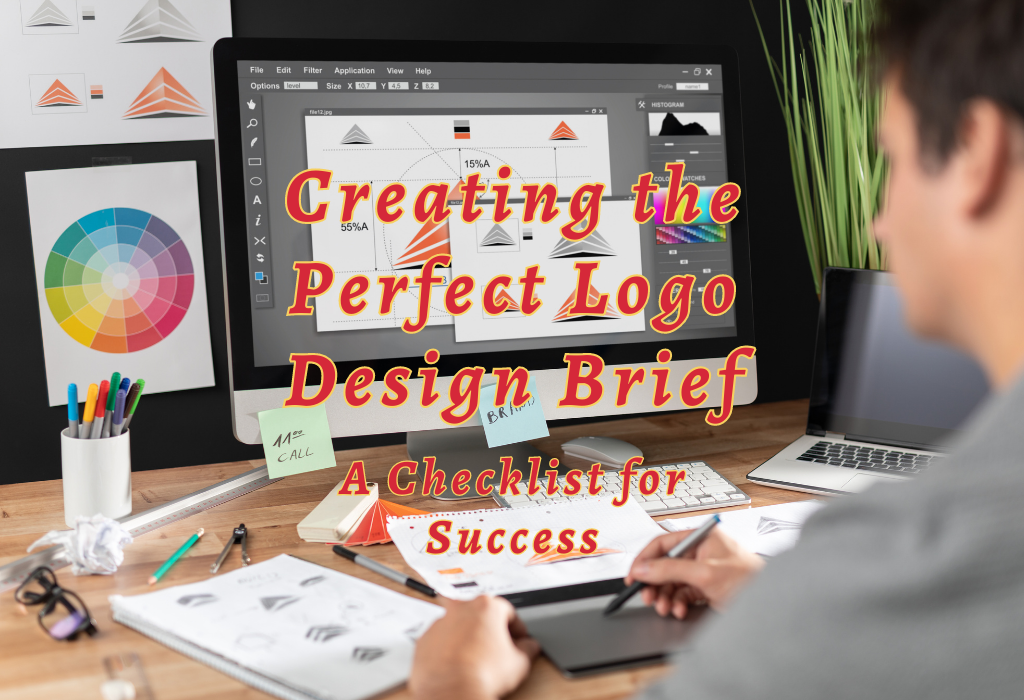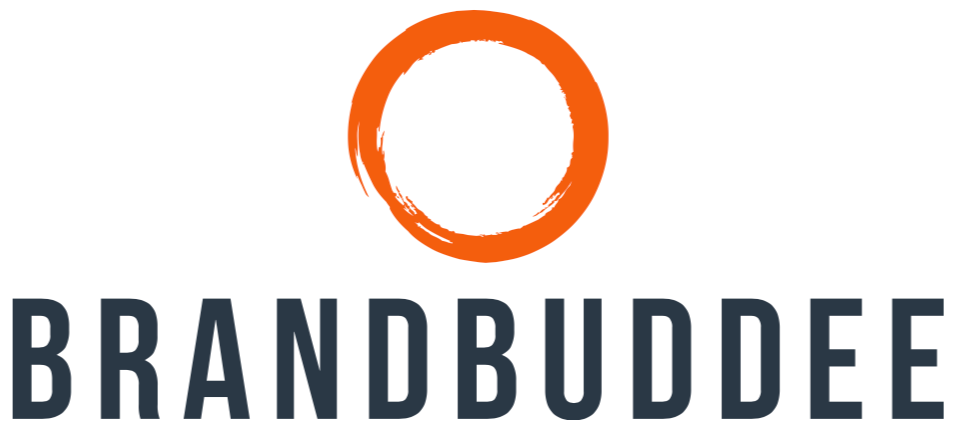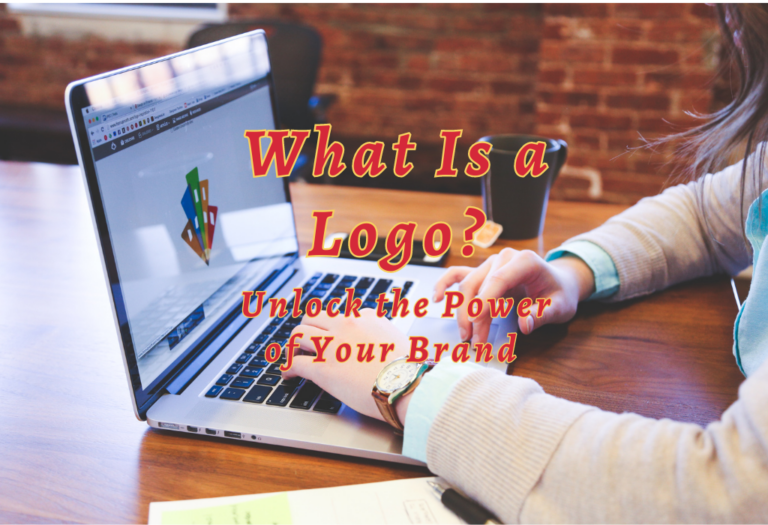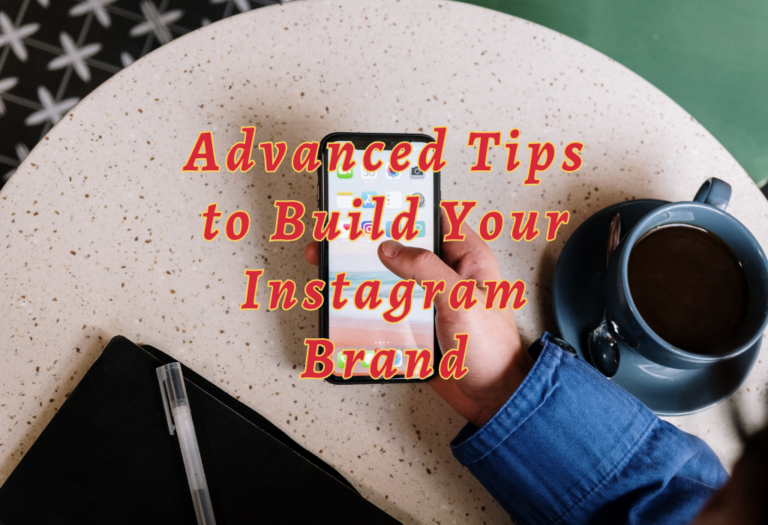Creating the Perfect Logo Design Brief: A Checklist for Success
Creating the perfect logo design brief is essential for any business, whether you’re a small start-up or an established company. With it, your branding and visual identity will be as effective as they can be.
To help make sure that your brand stands out from the competition with style and relevance, we have put together this checklist of must-have elements to include in your logo design brief.
Following our checklist for the perfect logo design brief when designing yours can ensure success in achieving desired results quickly and efficiently.

What is a Logo Design Brief?
A logo design brief is a document that contains all the significant details about the logo design project. It’s written or filled in by the business, owner, or company and handed over to the designer so they know precisely what logo to make. The better your design brief, the easier it will be for your designer to hit the mark.
Why Is A Logo Design Brief Important?
Your logo design brief tells designers what kind of logo to design, with all the necessary details and background information. Your logo brief is a crucial first step toward getting the perfect logo for your brand. Without an effective and comprehensive brief, you risk wasting time on designs that don’t fit your vision—or worse yet—not being able to get exactly what you want at all.
According to the BBC, instant recognition is the holy grail of any business, and memorable logos are 13% more likely to catch consumers’ attention and 7% more likely to pique their interest in the brand.
A well-written logo design brief can mean the difference between a logo design ideal for your company and one that falls short of your expectations.
Checklist of must-have elements to include in your logo design brief
Share Your Business Information
Share Your Business Information
To ensure that your designer understands exactly what kind of logo design they should create for your business, it’s essential to provide them with all the necessary information.
Before anything else, share basic details about your company, such as its name, industry, and location. If applicable, include information about manufacturing methods or where product materials are sourced. This can inspire a designer to incorporate naturalistic visuals into the logo if organic materials are used in production.
Explain Goals & Ambitions
Describe any goals or ambitions set out for the company and how these will be achieved over time. Please explain why this goal was chosen and how it aligns with other aspects of the brand, like values or personality traits. This helps designers understand who you are as a business so they can create visuals that best represent those qualities in the logo design itself.
Outline Brand Personality
A strong brand personality directly impacts visual elements like colors, shapes, and typography used in logos designs; serious brands require different types of logos than more playful ones, for example. Outlining key characteristics associated with your brand will give designers an idea of which styles work best when creating visuals for your business identity – modern minimalism or something more traditional-looking.
Identify Target Audience
Identifying target audiences helps designers tailor their approach when designing logos so they can better appeal to those groups through aesthetics alone – making sure fonts match up with age ranges, etc., while considering cultural relevance if needed.
Brand Personality
Brand personality is an important element of a successful logo design. It helps to communicate the values and goals of your brand in a visual way that resonates with your target audience. A well-crafted logo should reflect the essence of your company, conveying its unique identity and purpose.
When crafting a logo for your business, it’s essential to consider how you want people to perceive it. Do you want them to think of it as friendly or professional? Modern or traditional? Sophisticated or fun? These questions guide you when creating a memorable brand personality for your logo design.
For example, if you own an upscale restaurant, then choosing bold colors like black and gold will create an air of sophistication while adding elements such as serif fonts can give off more classic vibes. On the other hand, if you run a children’s clothing store, bright colors like pink and blue, along with playful font styles, will make it look more inviting and kid-friendly.
It would help if you took care of the following aspects:
Types of Logo
When it comes to logo design, there are seven main types that you should consider:
Abstract Logos
Abstract logos use shapes or symbols to represent the company without directly referencing the product or service they offer. These logos often rely on color and form to convey their message.
For example, Nike’s iconic swoosh is an abstract logo representing speed and motion without explicitly mentioning shoes or apparel.
Mascot Logos
Mascot logos feature cartoon characters to convey a brand’s personality in a fun and memorable way. Think Tony the Tiger for Kellogg’s Frosted Flakes cereal or Ronald McDonald for McDonald’s restaurants. Mascots can also be used as spokespeople in advertising campaigns if the company desires.
Combination Logos
Combination logos combine text with graphics such as images or icons into one cohesive design element that works harmoniously while still being recognizable when separated.
A great example of this type of logo is Apple’s famous apple-with-a-bite mark combined with its signature font style, which has become synonymous with innovation over time due to its consistent usage across all products and services the tech giant offers.
Emblem Logos
Emblem logos are similar to combination logos, except they typically take on a badge-like appearance where all elements are contained within one single shape, like a circle or square, for instance – think Starbucks’ iconic green mermaid encircled by her name written out in script font style.
Lettermark Logo (Monogram)
Letter marks/monograms consist solely of letters arranged together without accompanying graphics – these work best if your business has an acronym or abbreviation associated with it like NASA does for National Aeronautics & Space Administration – N A S A.
Pictorial Logo (Symbol)
Pictorial/symbols use recognizable images that directly relate to what your business stands for – think Twitter’s blue bird icon instantly represents communication between people around the world.
Wordmark Logo (Logotype)
Wordmarks/logotypes spell out your company name using custom fonts & styles – Coca-Cola is perhaps one of the most famous examples here. You can easily identify them by looking at their signature font style alone.
Color Scheme
When creating a logo, identify the color scheme you like.
A good color palette will ensure that your logo stands out from the competition and resonates with your target audience. While choosing a color for your logo design, you should consider the following:
Consider how people perceive your brand
The colors you choose should be carefully considered, as they impact how people perceive your brand. For example, blue is often associated with trustworthiness, while yellow can evoke feelings of optimism and joy. Consider using colors specific to your industry or product type so that customers recognize what you do at a glance.
Consider cultural associations
It’s important to remember that different cultures associate different meanings with certain colors, so if you plan on targeting an international market, this should be considered when selecting hues for your logo design.
Your chosen color should be consistent.
Your chosen color scheme should remain consistent across all marketing materials, such as websites, brochures, and business cards. This helps build recognition amongst consumers and reinforces brand identity over time. Try to use only a few colors either; two or three complementary tones usually suffice, although four or five could be used depending on the complexity of the design itself.
Trends come and go
Finally, remember that trends come and go. Still, timeless logos tend to stick around forever – think Coca-Cola red or McDonald’s golden arches – so try to avoid getting too caught up in current fashion when deciding which shades will represent your company’s best.
Design Style
Choose the design of the logo when making a logo brief so the designer knows what types of logos you like. Some designs include:
Inspirational Examples
When creating a logo brief, you must include inspirational examples of logos you like. This helps the designer understand your vision and create something unique for your brand.
It can be helpful to provide examples from different industries or design styles so the designer can know what type of logo you are looking for.
It’s also important to explain why you like each example and how it relates to your brand.
For instance, if you provide a logo from another company in the same industry as yours, explain why their branding resonates with you and how it could work for your own business.
If elements of the logo stand out to you—such as color scheme or font choice—make sure these details are included in your brief as well.
Try to provide at least three examples when making a logo brief so that designers have enough inspiration points to work off of when creating something new for your brand identity.
When choosing which logos will best represent what kind of look and feel you want for your own business, consider factors such as:
In addition, make sure all images used are high-resolution so they can be properly viewed by designers working on them later down the line during production stages (if needed).
Clarify Your Timing and Budget
When giving logo briefs to designers, it is important to clarify your timing and budget. This will help the designer create a logo that meets your expectations and their creative vision.
It also helps them plan out how much time they need to spend on the project and determine whether they can take it on.
Timing
Give an estimate of when you would like the project completed and any milestones along the way.
This could include a first draft for review, feedback from stakeholders, revisions based on feedback, etc. Ensure you are realistic about what can be accomplished in a certain amount of time, so both parties can handle the pressure and handle deadlines.
Budget
Establishing a budget upfront will ensure everyone knows what resources are available for this project.
A good starting point is to provide information about similar projects that have been done in the past, so there’s some context around pricing expectations.
It’s also important to consider additional costs beyond design fees, such as licensing for fonts and images used in creating logos or printing costs associated with producing physical items featuring your logo (business cards, t-shirts).
These should all be discussed before beginning work so there are no surprises down the line when it comes time for invoicing!
Dos and Don’ts Of Creating A Logo
Always clarify the dos and don’ts of creating a logo in your logo brief.
Some dogs can be:
Don’ts:
Mistakes To Avoid While Writing A Logo Design Brief
We learn by making mistakes, but keeping them to a minimum will help your logo succeed. Here are five blunders to avoid when writing your logo design brief.
Be sure to follow the trend.
While researching, you’ll come across a slew of logo design trends, and there’s a good chance you’ll be drawn to them all and want to incorporate them into your business logo.
Adding too many fonts
Fonts have meaning, and you want that meaning to be effectively communicated to your audience. Your fonts can convey elegance, sophistication, fun, and joy. Burberry, for example, uses a very elegant and delicate font, unlike Coca-Cola, which uses a bright red and vivid font.
Having too many colors at once
Like fonts, the colors of your logo will communicate a message to your audience about your business. As much as you want your logo to be colorful, keeping your company’s personality in mind is critical when selecting the right colors.
Ignoring your target audience
Your target audience is very important in logo design. As previously stated, your logo should capture the attention of your target audience and cause them to perceive you favorably. Ignoring them in your logo design brief is akin to forgetting to put sugar in a cake; you’ll end up with nothing meaningful.
Lack of research
Your brand’s logo is a visual representation that communicates and educates your target audience. It is what captures the essence of a company. You must conduct extensive research to ensure that your logo conveys the correct message. In this situation, the more information you have, the better.
Checklist for Writing the Perfect Logo Design Brief
Business Information
Provide all necessary information to ensure that your designer understands what type of logo design you require for your company.
Brand Personality
Describe your brand’s core values and how they should be reflected in the logo design.
Types of logos
Who is your target audience? What do you want them to feel when they see your logo?
Logo Design Elements
What elements should be included in the logo design (e.g., colors, fonts, shapes)?
Clarify Your Timing and Budget
What is your budget for this project, and what timeline are you working with?
Inspirational Examples
Include other logos you like or mood boards for inspiration.
FAQs in Relation to Checklist for the Perfect Logo Design Brief
Conclusion
The best logos are those that are easy to remember. Just consider Nike, Coca-Cola, and Apple. Simple symbols convey a single, clear message. A study of over 3,000 people discovered that simplicity is what people remember when thinking about logos and brands, so keep that in mind when designing.
Are you looking to create a logo that stands out from the competition and resonates with your target audience? Brandbuddee can help. Our experienced designers will work closely with you every step of the way, providing expert guidance on everything from conception to execution. We understand how important it is for brands to have an effective visual identity – let us craft yours today!






